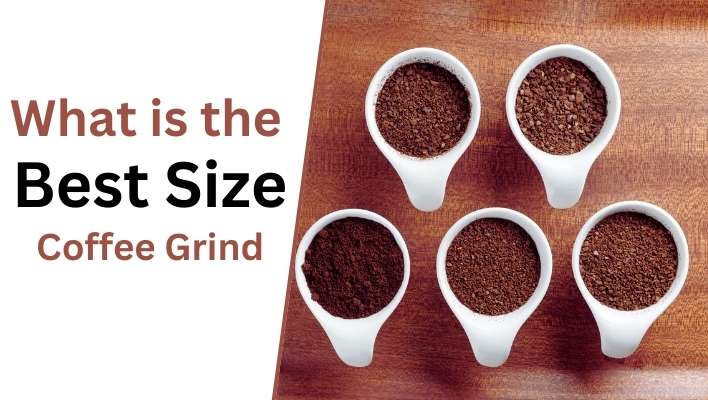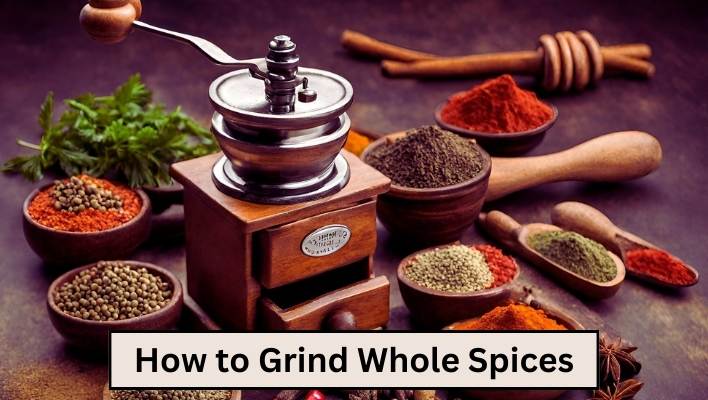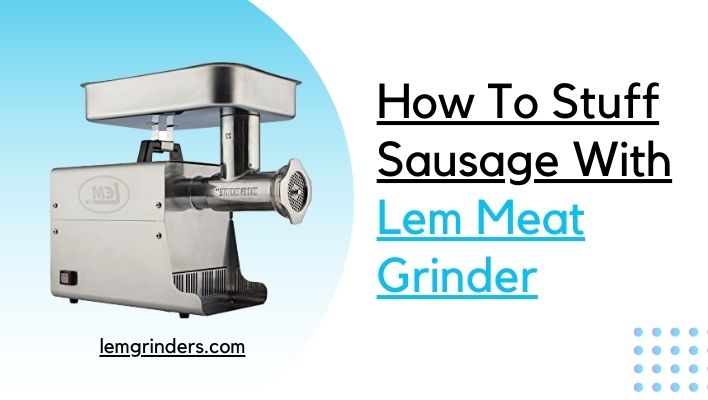The best size coffee grind depends on the brewing method, with coarse grind for French press and fine grind for espresso. Choosing the right coffee grind size is crucial for achieving the perfect cup of coffee.
Different brewing methods require different grind sizes to extract the optimal flavours and aromas from the coffee beans. Coarse grind is best suited for methods like French press, cold brew, and percolator, as it allows for a longer extraction time and prevents over-extraction.
On the other hand, a fine grind is ideal for espresso machines, as the shorter contact time requires a finer grind to extract the flavours efficiently. Understanding which grinds size to use for your preferred brewing method is essential for a delightful coffee-drinking experience.
Understanding The Role Of Coffee Grind Size
Discover the perfect coffee grind size for an impeccable cup of java. Explore the impact of different grind sizes on flavour extraction and find the ultimate grind size for your coffee brewing method.
The importance of coffee grind size in brewing
When it comes to brewing a perfect cup of coffee, the grind size plays a crucial role. Coffee grind size refers to the coarseness or fineness of the coffee grounds, which directly affects the extraction process and ultimately the flavour of your brew. Whether you are using a French press, espresso machine, or drip brewer, understanding the significance of grind size is essential for achieving the desired taste.
Read Also: Can I Use Drip Grind Coffee in a French Press
How the grind size affects extraction and flavour
The grind size has a significant impact on the extraction of flavours from coffee beans. When you grind coffee beans, you are exposing more surface area to hot water, allowing the water to efficiently extract the desired flavours and aromas. However, the extraction rate and flavour profile depend on the size of the grounds.
Finer grinds, such as espresso powders, have a larger surface area and allow for a quicker extraction. This results in a stronger, more intense flavour with a shorter brewing time. On the other hand, coarser grinds, like those used in a French press, have less surface area in contact with water. This leads to a slower extraction process, resulting in a smoother and less bitter cup of coffee.
Matching the grind size to your brewing method
To ensure optimal extraction and flavour, it is crucial to match the grind size to your brewing method. Here’s a breakdown of the recommended grind sizes for common brewing methods:
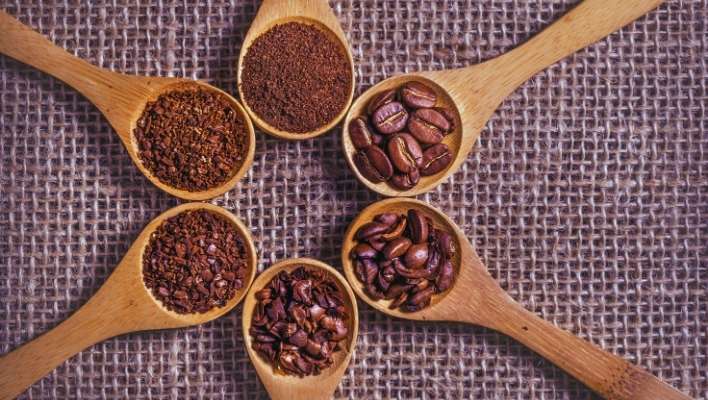
1. French Press:
– Grind size: Coarse
– Key characteristics: Large particle size, similar to kosher salt
– Extraction time: 4-5 minutes
– Flavor profile: Full-bodied, retains natural oils, requires minimal pressure for extraction
2. Drip Brewer (Paper Filter):
– Grind size: Medium
– Key characteristics: Consistency of sand, finer than coarse but coarser than espresso
– Extraction time: 2-3 minutes
– Flavor profile: Smooth, balanced, with moderate body and acidity
3. Espresso Machine:
– Grind size: Fine
– Key characteristics: Fine powder, similar to table salt or slightly finer
– Extraction time: 20-30 seconds
– Flavor profile: Strong, concentrated, bold flavours with crema on top
By adjusting the grind size according to your preferred brewing method, you can unlock the full potential of your coffee beans. Remember to invest in a high-quality burr grinder to ensure consistent grind size, as blade grinders often produce uneven grounds that can negatively impact extraction.
Different Types Of Coffee Grind Sizes Explained
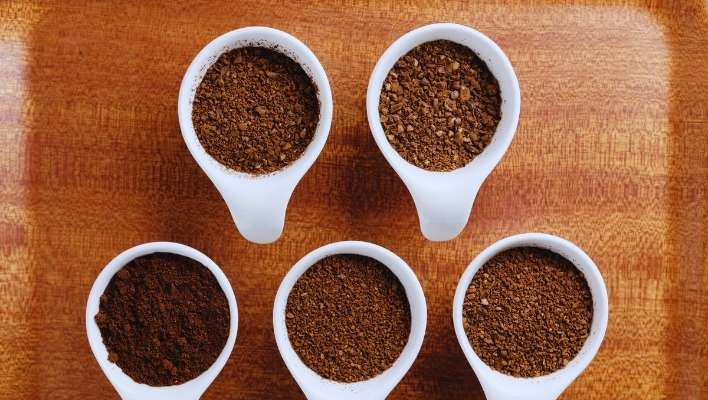
When it comes to brewing coffee, the size of the grind plays a crucial role in determining the overall flavour and aroma of your cup. Different brewing methods require different grind sizes to achieve the perfect extraction. we’ll explore the four main types of coffee grind sizes and their respective uses. Whether you prefer a coarse grind for a French press or an extra fine grind for your espresso machine, understanding the characteristics and applications of each grind size will help you brew the perfect cup every time.
Coarse Grind: What It Is And Its Best Uses
A coarse grind refers to coffee beans that are ground into larger particles, providing a chunky texture. This grind size is commonly used for brewing methods like French press and cold brew. The coarse grind allows for a longer extraction time, resulting in a full-bodied and robust cup of coffee. The larger particles also help prevent over-extraction, ensuring a smooth and balanced flavour. Coarse grind is ideal for those who enjoy a strong cup of coffee with a rich mouthfeel and minimal bitterness.
Read Also: How to Use Braun Coffee Grinder?
Medium Grind: Understanding Its Characteristics And Applications
A medium grind falls somewhere between the coarse and fine grind size. The particles are smaller than the coarse grind but larger than the fine grind. This versatile grind size is suitable for a variety of brewing methods, including pour-over, drip coffee, and AeroPress. Medium grind provides a balanced extraction, allowing the flavours to develop while maintaining the clarity of the coffee. It strikes a remarkable balance between strength and smoothness, making it a popular choice among coffee enthusiasts.
Fine Grind: Examining Its Impact On Coffee Extraction
A fine grind consists of smaller particles, similar to table salt or sand. This grind size is primarily used in espresso machines and moka pots. The fine particles allow for a quick extraction, resulting in a strong and concentrated cup of coffee. Due to the increased surface area, the flavours are extracted rapidly, giving espresso its characteristic boldness. However, it’s important to note that brewing methods requiring a fine grind can be more challenging to master, as slight variations in extraction time can significantly impact the taste.
Extra Fine Grind: Exploring Its Role In Specific Brewing Methods
An extra fine grind is even finer than the fine grind, resembling powdered sugar or flour. This grind size is commonly used for specific coffee brewing methods such as Turkish coffee or certain espresso machines. The ultra-fine particles create an intense and flavorful cup of coffee, as the extraction is rapid and the surface area is maximized. The extra fine grind ensures a strong and potent brew, perfect for those looking for a concentrated coffee experience.
| Grind Size | Particles | Brewing Methods |
|---|---|---|
| Coarse | Larger particles | French press, cold brew |
| Medium | Medium-sized particles | Pour-over, drip coffee, AeroPress |
| Fine | Smaller particles | Espresso machines, moka pots |
| Extra fine | Ultra-fine particles | Turkish coffee, specific espresso machines |
Choosing The Right Coffee Grind Size For Brewing Methods
When it comes to brewing a delicious cup of coffee, selecting the right grind size is crucial. Each brewing method has its unique requirements to achieve optimal taste and flavour. In this article, we will explore the best grind sizes for popular brewing methods, including French press, pour-over, espresso, and Aeropress.
French Press: Optimal Grind Size For A Full-bodied Brew
A French press is known for producing a rich, full-bodied cup of coffee. To achieve this, it is important to use a coarse grind size. A coarse grind allows for a longer brewing time and enables the flavours to infuse properly. The larger coffee particles also prevent sediment from passing through the metal filter, resulting in a clean cup of coffee. When using a French press, aim for a grind size that resembles coarse sea salt.
Pour-over: Finding The Perfect Grind Size For Balanced Extraction
Pour-over brewing offers a more delicate and balanced flavour profile compared to the French press. To achieve this, a medium grind size is recommended. A medium grind allows for a moderate extraction rate, ensuring a well-balanced cup of coffee. If the grind size is too coarse, the water will flow too quickly, resulting in a weak and under-extracted brew. Conversely, if the grind size is too fine, the water will have trouble passing through the coffee grounds, leading to over-extraction and bitterness. Aim for a grind size resembling granulated sugar for a perfect pour-over.
Read Also: Is It Cheaper to Grind Your Coffee Beans
Espresso: Understanding The Fine Grind Requirements For Espresso Machines
Espresso brewing is a unique method that requires a fine grind size. The ultra-fine particles allow for a rapid extraction process under high pressure, resulting in a concentrated and intense shot of coffee. An espresso grind should resemble powdered sugar, ensuring proper extraction without any blockages in the machine. It is crucial to invest in a quality grinder that can consistently produce a fine grind size to achieve the desired flavour and crema in your espresso.
Aeropress: Adjusting The Grind Size For Desired Strength And Flavor
The Aeropress is a versatile brewing method that allows for experimentation and customization. The grind size for Aeropress can vary depending on the desired strength and flavour. Generally, a medium to fine grind is recommended, similar to table salt. However, you can adjust the grind size to your preference. For a stronger and bolder cup, try a finer grind size, while a coarser grind will yield a lighter and more delicate flavour. The key is to experiment and find the perfect grind size that suits your taste.
Choosing the right grind size for your brewing method is essential for achieving the best possible coffee flavour. Whether you prefer a full-bodied French press, a balanced pour-over, an intense espresso, or an adaptable Aeropress, understanding the appropriate grind size for each method will elevate your coffee brewing experience.
Factors Influencing Coffee Grind Size Selection
Choosing the right coffee grind size is crucial in achieving the perfect cup of joe. Several factors come into play when determining the ideal grind size, such as brewing time, water temperature, and coffee bean quality. By understanding these factors and their impact on extraction, you can elevate your coffee experience to new heights. In this article, we delve deeper into each factor and explore how they influence your grind size choice.
Brewing Time: How It Affects Grind Size Choice
One of the key factors to consider when selecting your coffee grind size is the brewing time. Different brewing methods require varying amounts of time for the water to extract the flavours from the coffee grounds. Adjusting the grind size allows you to control the rate of extraction, ultimately determining the strength and taste of your coffee.
Here’s a breakdown of how brewing time influences your grind size choice:
- Short brewing time: For methods like espresso, where the contact time between water and coffee grounds is brief, a finer grind size is recommended. The fine particles expose more surface area and facilitate rapid extraction, producing a concentrated, intense shot of espresso.
- Medium brewing time: Brewing methods like drip coffee or pour-over require a moderate grind size. A medium grind allows the coffee to be extracted evenly, balancing the flavours and acidity. This grind size works well for achieving a smooth, well-rounded cup of coffee.
- Long brewing time: French press or cold brew methods involve extended contact time between water and coffee grounds. To prevent over-extraction and bitterness, a coarse grind size is recommended. The larger particles slow down the extraction process, resulting in a milder, less acidic cup of coffee.
Water Temperature: Understanding Its Impact On Extraction And Grind Size
The temperature of the water used for brewing coffee plays a significant role in extraction. Hot water helps dissolve the desirable compounds from coffee grounds, extracting flavours, oils, and aromatic compounds. The water temperature, along with the grind size, determines the rate at which these compounds are extracted, influencing the overall taste and quality of your coffee.
Consider the following when choosing a grind size based on water temperature:
| Water Temperature | Grind Size Recommendation |
|---|---|
| 195°F – 205°F (90°C – 96°C) | A medium to fine grind size is suitable. This water temperature range is ideal for brewing methods like drip coffee or pour-over, as it promotes the balanced extraction of flavors. |
| 175°F – 185°F (80°C – 85°C) | A slightly coarser grind size is recommended. Lower water temperatures are commonly used in cold brew methods, and a coarser grind helps compensate for the reduced extraction efficiency. |
| Under 195°F (90°C) or above 205°F (96°C) | A medium to fine grind size is suitable. This water temperature range is ideal for brewing methods like drip coffee or pour-over, as it promotes the balanced extraction of flavours. |
Coffee Bean Quality: Adjusting Grind Size Based On Bean Characteristics
The quality and characteristics of the coffee beans you use also play a role in determining the appropriate grind size. Factors such as bean density, roast level, and freshness can influence how the coffee extracts. Adapting your grind size based on these qualities ensures optimal extraction and the best-tasting coffee.
Consider the following guidelines when adjusting grind size based on coffee bean quality:
- Bean density: For denser beans, such as those from regions like Africa or Central America, a slightly finer grind size may be necessary. The increased density requires more surface area contact to extract the flavours fully.
- Roast level: Darker roasts tend to be more brittle and fragile. To avoid producing a bitter or overly strong cup, consider using a coarser grind size. Lighter roasts, on the other hand, may benefit from a slightly finer grind to ensure proper extraction.
- Freshness: Fresher beans release more carbon dioxide during brewing, leading to the formation of gas pockets that impact extraction. To counteract this, a slightly coarser grind size can help provide enough space for the gas to escape, preventing uneven extraction.
Understanding and considering these factors when selecting the right grind size allows you to take control of your coffee brewing process. Experimentation and fine-tuning are key to finding the perfect balance that suits your personal taste preferences and coffee brewing methods.
Experimenting With Coffee Grind Size For Personal Preference
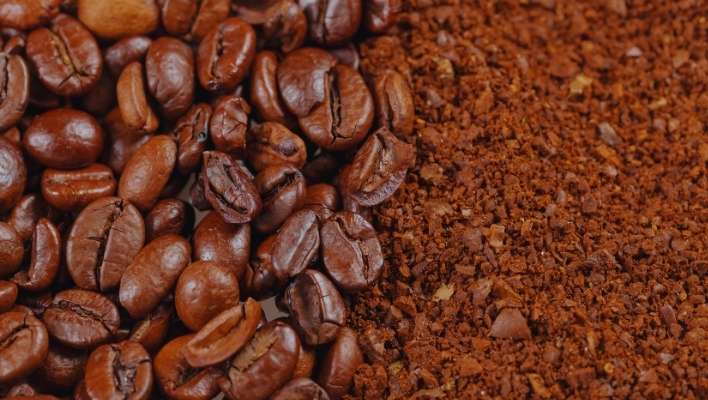
Coffee is a beloved beverage that many of us rely on to kickstart our day or provide a much-needed pick-me-up. But have you ever wondered how something as simple as the size of your coffee grind can impact the taste of your brew? Experimenting with coffee grind size is an essential part of finding your perfect cup of coffee, as it allows you to fine-tune the flavour to suit your personal preference. In this Section, we will explore the art of finding your perfect cup of coffee through the right grind size and how keeping a grind size diary can help you track and improve your brewing experience.
The Art Of Finding Your Perfect Cup Of Coffee
Just like any art form, brewing a perfect cup of coffee requires practice and experimentation. One of the key factors that can greatly affect the taste of your coffee is the size of the grind. The grind size determines how quickly water passes through the coffee during brewing, which in turn affects the extraction process. A finer grind allows for a slower extraction, resulting in a stronger and more intense flavour, while a coarser grind promotes a faster extraction, leading to a milder and lighter taste.
Read Also: How Much to Grind Coffee Beans
So, how do you determine the best-sized coffee grind for your personal preference? It all comes down to experimentation. Start by making small adjustments to your grind size and brewing methods, keeping track of the results along the way. By making note of the grind size, brewing time, and flavour profile of each cup, you can identify the subtle differences and gradually narrow down the grind size that suits your taste buds.
Remember, finding your perfect cup of coffee is a journey, and there is no right or wrong answer. It all depends on your taste preferences and the brewing method you use. Whether you prefer a bold and robust French press or a delicate and nuanced pour-over, the key is to experiment and make adjustments until you find the grind size that produces the flavour you desire.
Keeping A Grind Size Diary For Tracking And Improvement
As you embark on your coffee grind size experimentation, it can be helpful to keep a grind size diary. This diary will serve as a valuable tool for tracking your progress and making informed adjustments. Here’s how you can set up your grind-size diary:
- Start by recording the grind size setting on your grinder for each brewing session.
- Note down the brewing method and the ratio of coffee to water used.
- Describe the flavour profile of the resulting cup, including any preferences or observations you have.
- Pay attention to any specific factors that may have influenced the flavour, such as water temperature or brewing time.
- Over time, you will begin to see patterns and correlations between the grind size and the flavour profiles you enjoy. This will enable you to make adjustments with greater precision and consistency.
Regularly reviewing your grind size diary and experimenting with different variables will help you understand the impact of grind size on flavour and empower you to make targeted improvements. As with any skill, practice makes perfect, and with each brewing session, you’ll be one step closer to crafting your ideal cup of coffee.
Read Also: Can You Grind Cocoa Beans in a Coffee Grinder
Frequently Asked Questions On What Is The Best Size Coffee Grind
Does A Finer Grind Make Better Coffee?
A finer grind can result in better coffee. Finely ground beans extract more flavour and aroma during brewing, producing a stronger and more vibrant cup. The smaller particles expose more surface area to the water, allowing for greater extraction. Experiment with grind size to find your preferred taste.
Is A Finer Or Coarser Coffee Grind Better?
A finer coffee grind is better for espresso, while a coarser grind is better for French press or drip brewing methods. The grind size affects extraction and taste, so choose based on your preferred brew style.
Which Coffee Grind Is Best For Coffee Machine?
The best coffee grind for a coffee machine depends on the type of machine you have. Generally, a medium-fine grind works well for automatic drip coffee machines, while a fine grind is suitable for espresso machines. It’s important to match the grind size with your coffee machine to ensure optimal extraction and flavour.
What Size Coffee Grind Is Best For A French Press?
The best size coffee grind for a French press is coarse. This allows for a longer steeping time without over-extraction, resulting in a full-bodied and flavorful cup of coffee.
Conclusion
To sum up, finding the best size coffee grind is essential for achieving a flavorful and aromatic cup of coffee. By understanding the impact of grind size on your brewing method and experimenting with different settings, you can unlock a world of coffee flavours.
Remember to consider the type of coffee you’re using, your brewing equipment, and your taste preferences. Happy brewing and enjoy your perfect cup of coffee!
